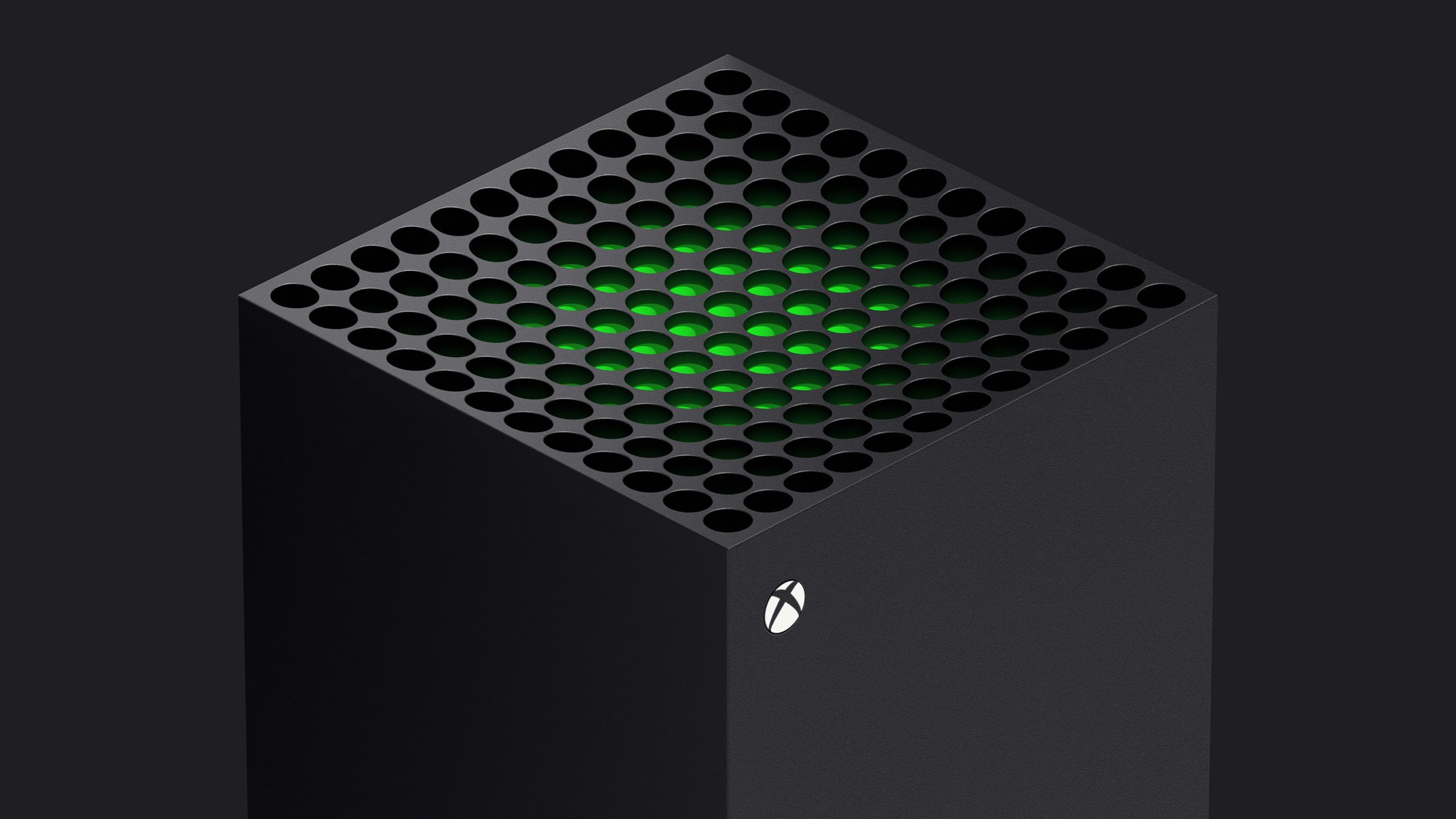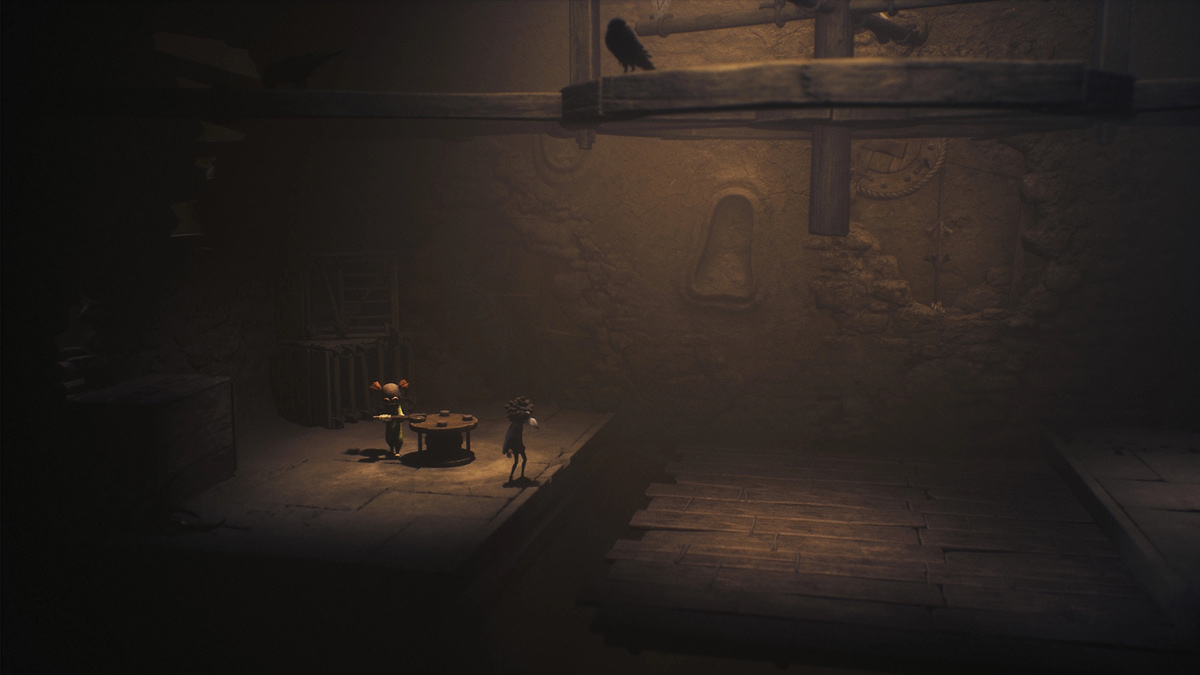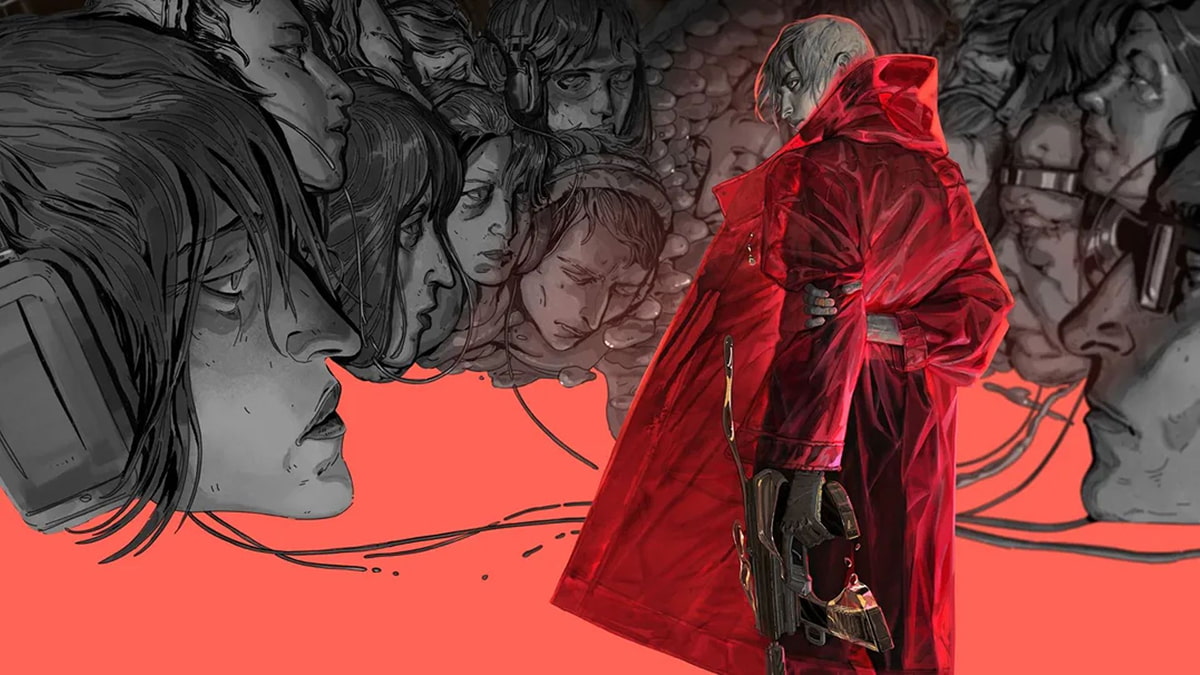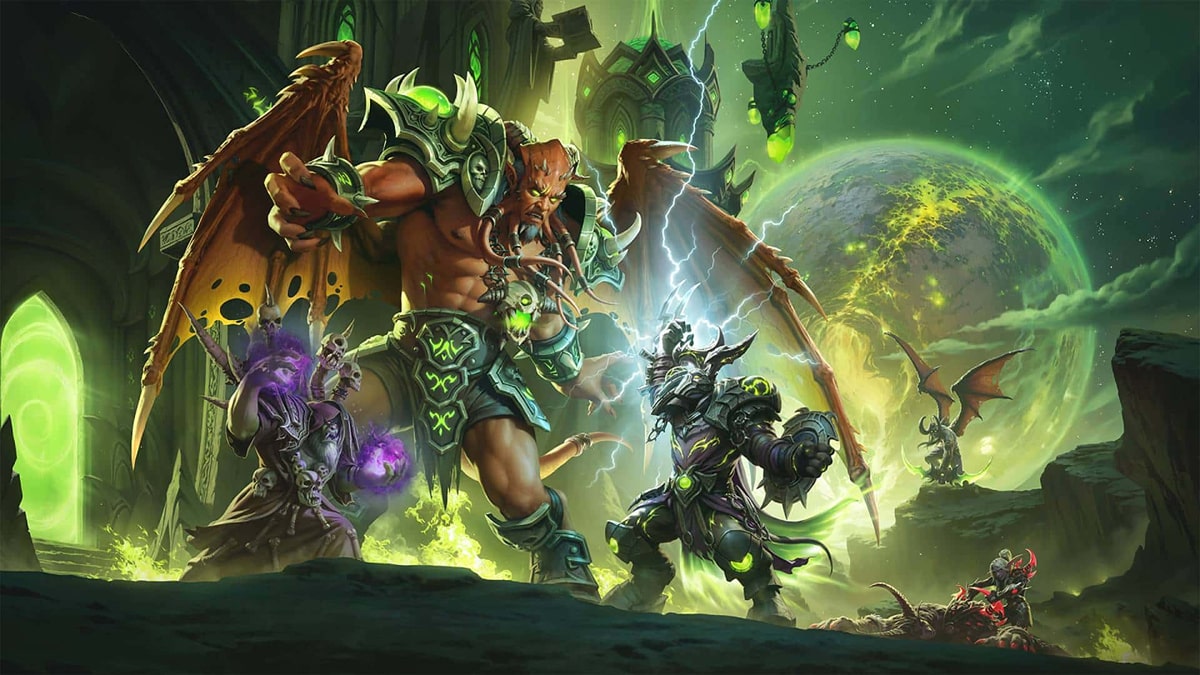You can trust VideoGamer. Our team of gaming experts spend hours testing and reviewing the latest games, to ensure you're reading the most comprehensive guide possible. Rest assured, all imagery and advice is unique and original. Check out how we test and review games here
Over the last couple of weeks, the legs of my coffee table have risen to the occasion and sunk into the carpet. The Xbox 360 Elite, nestled between the canyons of the Xbox One S and the PlayStation 4, has been plunged even further into shadow. They are all loomed over now by the Xbox Series X, which stands firm and foursquare, with a body like fresh tarmac. There is a hint of the squat and the sanded-off about it, like a thug on best behaviour—a mound of muscle boxed into a dark suit. For the first few days, I approached it with the utmost care: a courteous nod, not too much eye contact, and no impolite questions, such as, “What’s up with the green grill?” or “Is it true that the Series S is the result of illicit relations between you and a washing machine?
Eventually, I mustered the daring to check out the new dashboard, which was, of course, the old dashboard. Or, at least, the dashboard that was recently updated on the Xbox One: all softened edges and sensibly rearranged headings. Only now it lacked the jetlagged reluctance of the old dashboard. Firing up Forza Horizon 4—which came out last year but which is said to be souped up for the Series X—I barreled into a deluge of mud and rain, in a white Skoda, and admired the richly optimised murk. As I was playing, I suddenly noticed something that was notable for not being there to notice: there were no gusts of circuit-warmed air, no fans panting in protest to the job at hand. All was quiet. Or, rather, the console was quiet. The controller, on the other hand, was not.
Still the same loud, hollow-plastic rattle that resounded from the vibrations of the Xbox One controller, albeit in service of a superior rumble. The grips are now knurled, along with the triggers, giving the distinctly pleasant impression that you’re clutching two pumice stones. The directional pad has lost its lacquered sheen, in favour of a dry matte finish, and now sits half-melted into a dish, like that of the 360 and of the Xbox One Elite controller. Thankfully, it has kept its satisfying clack. There is a new button, placed between Start and Select—or whatever they attempted bravely, and in vain, to be called—devoted to sharing. Aside from that, it’s the same controller as before: the sticks, the buttons, and the baffling reliance on batteries. To sum up: we have a largely unchanged controller, a speedier dashboard, and a black box (at first imposing and, as the days go by, strangely ignorable) that’s happy to keep quiet. All this is, in a word, brilliant.
If you’re anything like me, you experience a blend of boredom and anxiousness amidst the hot air that’s blown at us by a new generation of consoles. When the conversation turns to teraflops and fills up with phrases that come pre-stamped with little “TMs” at the top, you feel a soft, mild terror set in. For this reason, the Xbox Series X is a cool salve to the prickle and panic of new hardware. It doesn’t seem all that new. Within an hour, I felt the warm relief of familiarity wash over me. Thanks to Smart Delivery, it tends to your old library, scalpel in hand, applying facelifts and nose jobs to the games of yesteryear, pruning back load times and scrubbing the dust from old textures. Not that you need to think about any of that; the defining feature of the Series X is its ability to blend into the background, leaving you to play what you want to play. This is where the conversation is most exciting: not on splashy acquisitions, or industry-disrupting subscription services, but on the games. There’s just one problem: there aren’t any.
There are, by my count, two games that are only playable on next-gen hardware: Godfall and Demon’s Souls, both of which are coming to the PlayStation 5. This is one slightly strange and inauspicious area in which the Series X is making history: it is, as far as I can tell, the only console to launch with exactly no games that it and only it can play. Of course, there are others on the way: we have Fable, Senua’s Saga: Hellblade II, and Halo Infinite—for which Master Chief somewhat forlornly adorns the console’s box, having been delayed until next year. And there is the likes of Avowed, Everwild, and The Medium yet to come, as well.
Is it any wonder that Microsoft’s slogans slipped from “Jump in,” for the 360 (which boasted Kameo: Elements of Power, Perfect Dark Zero, Condemned: Criminal Origins, and many more at launch); to “Jump ahead,” for the Xbox One (whose highlights included Ryse: Son of Rome, Dead Rising 3, and Forza Motorsport 5); and has now settled on “Power Your Dreams,” for the Series X? All that jumping, in the absence of things to land in, has turned to dreaming—gazing longingly ahead to the games that wait down the line. So, what’s there, in the beginning, for those who have made the jump? Well, as the old boundaries between generations slacken and blur, and our consoles swell and brood like PC towers, so the excitement turns not to particular games but to the gradual onward surge of hardware.
I am pleased to report that, after poking around in the likes of Gears 5 and Forza Horizon 4, I found them both well oiled: the loading slashed, the visuals boosted and buffed. (For a more rigorous exploration of these enhancements, I will point you to our sister site, Xbox Achievements, who have a trove of video breakdowns for your perusal.) It’s the thrill that I imagine PC players must get after purchasing a new graphics card: the joy of future possibilities, mingled with that of familiar gems being polished to a previously unreachable gleam. As I was drifting through the wintry fields of Forza, in graphics as crisp as snow, I was hit by the strange contradiction at the heart of the coming consoles.
Here I was, buried in a beautiful thing, the only thing worth talking about, really: a good game. And yet, I missed the thrill of the new. Sony’s conservative approach is fixed on forging exclusive games, but it just so happens to come bound up in a console that seems to be wearing a cape, and a controller that, early reports suggest, seems to be interested in resisting your whims and fighting back against your fingers. It’s difficult not to fall for that madcap approach; it’s precisely the kind of strategy that you would think would be adopted by the console that couldn’t boast the best games. However, the reverse is true, at least for the moment. Everything about the Xbox Series X suggests getting down to business: focussing on the reason we all do this and stripping back the dreamy flourishes. But I can’t help but feel that some of the romance has been lost in the process. Even the noises it makes are the same. If you buy one, a few days will pass, and you won’t remember not having one. This is no bad thing; progress is only truly gained when things are taken for granted. And a string of great games wouldn’t hurt. The power is here. Bring on the dreams.
Forza Horizon 4
- Platform(s): PC, Xbox One, Xbox Series S/X
- Genre(s): Massively Multiplayer, Racing











